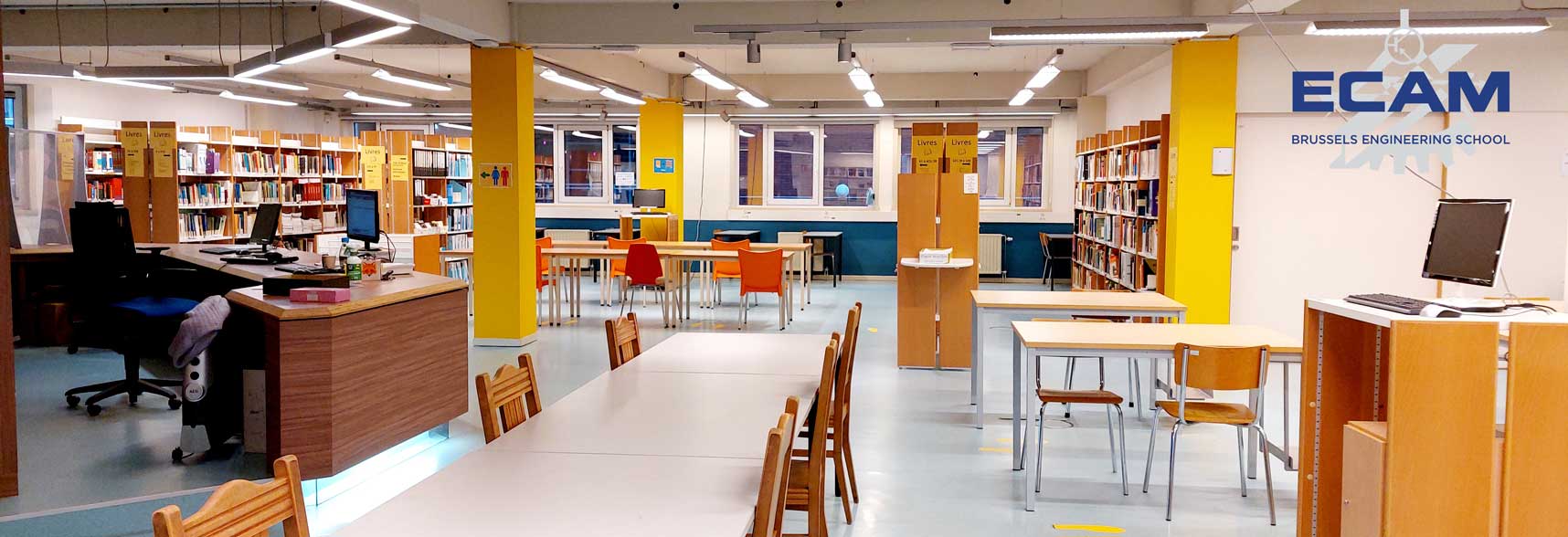| Titre : |
Coupled parachute modelling for improved control of a steerable parachute system |
| Type de document : |
Travail de fin d'ÃĐtudes |
| Auteurs : |
Alexis Neirinckx, Auteur ; Travis Fields, ; CÃĐdric Marchand, |
| Editeur : |
ECAM |
| AnnÃĐe de publication : |
2018 |
| Note gÃĐnÃĐrale : |
University Kansas City |
| Langues : |
Anglais (eng) |
| Index. dÃĐcimale : |
TFE - ElectromÃĐcanique |
| RÃĐsumÃĐ : |
Alexis Different kind of aerial delivery systems based on a guided parachute have been studied in the past and are currently used on field. Today, there is a need to reduce the cost of the production and operations while keeping a large stand-off distance of deliveries as current systems are often cost prohibitive putting flight crew, ground personnel, and cargo at risk. Dr. Travis Fields research lab located at the University Missouri Kansas-City (UMKC), USA is currently working on a way to improve the precision of aerial deliveries using a steerable parachute system at a lower cost. Tests have been done and it has been seen that a relative rotation appears between the parachute and the payload. In other words, the parachute oscillates at a frequency of about 1hz and with an amplitude varying between 10 and 50 degrees. This has a significant impact on the direction taken by parachute going down. Thus, the precision of the deliveries. The main objective of this project is to have a better understanding of the phenomenal and to try to reduce the oscillations. Three main steps are defined: at first estimate the relative rotations by implementing two IMU sensors: one inside the parachute and a second in the payload (already implemented). Tests will be made at an altitude of 4000 feetâs (1200m). Secondly, thanks to the data recorded and the system identification tool, a four degrees of freedom model will be identified (x, y, z and f, the rotation between the canopy and the payload). Then, same will be made for a five degrees of freedom model (x, y, z, f and fc, rotation between the canopy and the ground). The two models will be compared. Finally, if time allows (as of this writing, it is too early to know), a better controller acting on the parachute will be developed. The ideal target is to reduce these oscillations to 0. But, it is a research project that has never been done before. Therefore, it is not possible to give in advance a quantified estimation of the reduced oscillations. |
Coupled parachute modelling for improved control of a steerable parachute system [Travail de fin d'ÃĐtudes] / Alexis Neirinckx, Auteur ; Travis Fields, ; CÃĐdric Marchand, . - ECAM, 2018. University Kansas City Langues : Anglais ( eng)
| Index. dÃĐcimale : |
TFE - ElectromÃĐcanique |
| RÃĐsumÃĐ : |
Alexis Different kind of aerial delivery systems based on a guided parachute have been studied in the past and are currently used on field. Today, there is a need to reduce the cost of the production and operations while keeping a large stand-off distance of deliveries as current systems are often cost prohibitive putting flight crew, ground personnel, and cargo at risk. Dr. Travis Fields research lab located at the University Missouri Kansas-City (UMKC), USA is currently working on a way to improve the precision of aerial deliveries using a steerable parachute system at a lower cost. Tests have been done and it has been seen that a relative rotation appears between the parachute and the payload. In other words, the parachute oscillates at a frequency of about 1hz and with an amplitude varying between 10 and 50 degrees. This has a significant impact on the direction taken by parachute going down. Thus, the precision of the deliveries. The main objective of this project is to have a better understanding of the phenomenal and to try to reduce the oscillations. Three main steps are defined: at first estimate the relative rotations by implementing two IMU sensors: one inside the parachute and a second in the payload (already implemented). Tests will be made at an altitude of 4000 feetâs (1200m). Secondly, thanks to the data recorded and the system identification tool, a four degrees of freedom model will be identified (x, y, z and f, the rotation between the canopy and the payload). Then, same will be made for a five degrees of freedom model (x, y, z, f and fc, rotation between the canopy and the ground). The two models will be compared. Finally, if time allows (as of this writing, it is too early to know), a better controller acting on the parachute will be developed. The ideal target is to reduce these oscillations to 0. But, it is a research project that has never been done before. Therefore, it is not possible to give in advance a quantified estimation of the reduced oscillations. |
|  |


 Visionner les documents numÃĐriques
Affiner la recherche
Visionner les documents numÃĐriques
Affiner la recherche Ce document n'est visible qu'aprÃĻs identification
Ce document n'est visible qu'aprÃĻs identification


